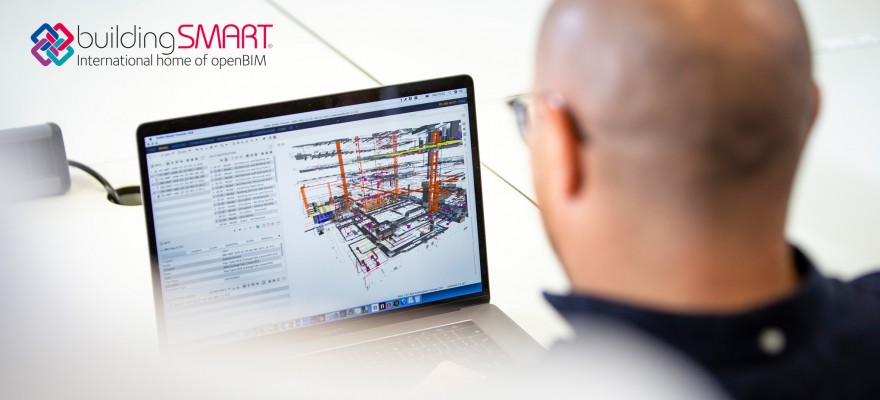Better Information Management – The Fundamentals

Knowledge is power.
This phrase seems purpose built for the subject of Building Information Modelling (BIM) and the evolution to Better Information Management (BIM) (supported by Building Information Modelling).
Despite the acronym of BIM being the same, the industry is slowly evolving from the focus of just 3D information models and going deeper – looking at the requirements and delivery of ALL information that is instrumental in designing, constructing, and maintaining assets (both buildings and infrastructure). This will help all stakeholders make better decisions during construction projects but also in the operational phase of assets because they will receive the right information at the right time.
The importance of accurate information throughout the building lifecycle cannot be overstated – and this leads to a necessary transformation in the quality of information and the way information is specified, planned and delivered, right from the project outset.
However, there are certain obstacles to tackle before the sector can fully embrace Better Information Management.
We explore the current issues with Building Information Modelling (BIM) and why it’s necessary to adapt our approach, as well as how the industry is moving forward with Better Information Management (BIM) and the benefits to clients.
First up, what’s wrong with the original process?
Designing a better way – the issues with Building Information Modelling
When the UK set off on its ‘BIM journey’ in 2011 there was a clear idea that BIM would evolve over time. This was expressed previously through various ‘BIM levels’ but as the industry began to embrace BIM over time little seemed to be improving for clients.
Much of the early efforts were on producing 3-dimensional models, federating them into a combined model and carrying out clash detection. This certainly started to help identify issues in designs and has reduced the number of issues that make it to site which would have added cost and potentially had impact on programmes. Whilst ultimately some of this will help potentially reduce risk pots on future projects for clients, it really did little for clients in terms of improving the information they received.
Some projects evolved to producing asset data particularly from 2016 when the UK’s ‘BIM Level 2’ mandate came into place requiring projects to produce COBie (Construction-Operations Building information exchange) which produced asset data for handover. Supply chains spent a number of subsequent years getting to grips with this, and even now teams are still learning, but much of this data (even if it is perfect) has sadly still gone to waste. A lot of this is because clients haven’t fully embraced information management across their whole organisation.
Both the previous UK standards and now the ISO 19650 suite of standards place the greatest emphasis on clients driving the process. ISO 19650 definitely goes further in this regard, but the issue is how do we get clients to truly embrace these better ways of working?
Crucial to Better Information Management, rather than just Building Information Modelling, is to think about the information clients traditionally receive. This means thinking about ALL information not just models. In fact, for many clients, models are not currently very important (this may change over time of course). By shifting the mindset from just models to all information we can all better engage and help clients to receive the information they really need to make better decisions.
This doesn’t mean Building Information Modelling is now redundant, quite the opposite, it is still a key vehicle to efficient delivery for delivery teams. However, we need to think about more than this, expanding information requirements to cover everything from Specifications to Stage Reports and Commissioning Certificates to Operations and Maintenance Manuals. By widening the envelope of what BIM includes, we can better as industry engage with clients to understand better what they need now and then look to evolve this over time to become more and more digital over time. By going back, a step or two we should be able to move forward faster.
“Too much information represents wasted effort by the supply chain and too little means clients/owners take uninformed decisions about their projects/assets”.
UK BIM Framework
ISO19650 – Putting the ‘Information’ into BIM
The British Standards and Publicly Available Specifications developed between 2011 and 2018 as part of ‘BIM Level 2’ have evolved into an international suite of standards known as the ISO 19650 suite of standards. The suite currently incorporates five key parts: concepts and principles, delivery phase of assets, operational phase of assets, information exchange and a security-minded approach to information management.
The UK BIM Framework superseded ‘BIM Level 2’ in October 2019 to incorporate these international standards along with specific UK requirements that have also further evolved since the original standards were published. The UK BIM Framework promotes and supports these standards but also publishes freely available guidance to support the implementation of BIM. Additional resources such as Information Protocol Templates have also been published to support both the delivery and operational phases of assets.
Alongside the ISO 19650 suite of standards other complimentary standards such as BS EN 17412-1:2020 (Level of Information Need – Concepts and Principles) and BS 8644-1:2022 have been published to support the delivery of robust, reliable and reusable digital information.
All of these standards have one thing in common though – they are fundamentally about ALL information not just models.
The right information at the right time – Benefits of Better Information Management
80% of the cost of a building is in the operational phase of a building. There is little can be done significantly to reduce this cost once a building has been constructed. However, by focussing efforts even before a design has commenced, significant decisions can be made that can help reduce the operational costs once the asset has been handed over.
A key part of thinking about costs of operations and maintenance is to understand what information is needed to manage the building over its whole lifecycle. The information that helps with this management starts in the design and construction phases. Clients therefore need to spend time thinking and documenting the information they will need to operate and maintain their buildings once the contractor hands them the keys and all the information to help manage the building for the rest of its life. Under ISO 19650 this process is referred to as ‘assessment and need’ and forms a crucial part of making sure that the information that is required is fully considered and documented. The process then leads to the production of robust Exchange Information Requirements supported by a series of other supporting documents (referred to as resources in ISO 19650).
By setting out information requirements right from the start organisations have a better chance of receiving the information they want at the right times. This also ensures that:
- The quality of information provided is improved
- Delivery teams can price more accurately what is required (reducing risk allowances)
- Mitigates rework, unnecessary waste and cost
- Better decisions can be made
- Provide a more accurate audit trail of information (supporting the ‘golden thread’)
To transition from conventional BIM to a more efficient Better Information Management, it requires everyone to play a part.
The implementation of standards, processes and technology will help improve the implementation of Better Information Management. But without people it will fail. Everyone has a part to play in delivering and improving information management across a building’s lifecycle. Some of our best projects have one thing in common, the people. It is crucial to get everyone on the same page whether it is the client team or delivery teams. By all collaborating in the same vein of improving the quality of information across a project, everyone can benefit.
We also need information requirements to be more structured. Writing lots of words about why information is needed is nice to understand the background but crucially and more importantly the list of information that is required has to be explicit. Asking delivery teams to conform to standards is all well and good but if there are no actual detailed information requirements listed to support this then the client is unlikely to receive the information they hoped for. We need to move away from how we have previously documented the requirements for BIM and think about how we help clients get exactly the information they need.
Again, this approach needs people to help progression but over time we can move to a world where information is specified in both a machine and human readable manner to ensure clients get EXACTLY what they are asked for and reduce the costs of their assets.
Want more questions answered surrounding BIM and Better Information Management? Keep your eyes peeled for our impending eBook, which answers all your questions on implementing information management within your organisation.
Terms and conditions
All content provided on this Knowledge Hub is for informational purposes only. The owner of this Knowledge Hub makes no representations as to the accuracy or completeness of any information on this site or found by following any link on this site. Bond Bryan Digital Ltd will not be liable for any errors or omissions in this information nor for the availability of this information. Bond Bryan Digital Ltd will not be liable for any losses, injuries, or damages from the display or use of this information.
We are happy for others to share our Knowledge Hub pieces through all social media platforms. You may include links to the original blog pieces and use part of the Knowledge Hub to then provide a link to the original content. However we would appreciate it if the content is not reproduced in full on other sites or publications without written consent being granted by Bond Bryan Digital Ltd.
This policy is subject to change at any time.







